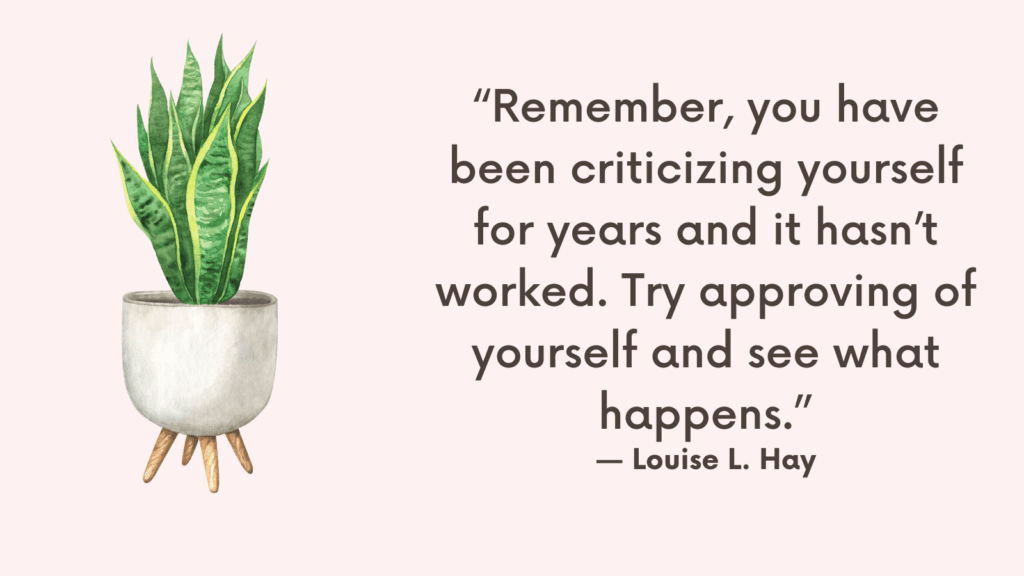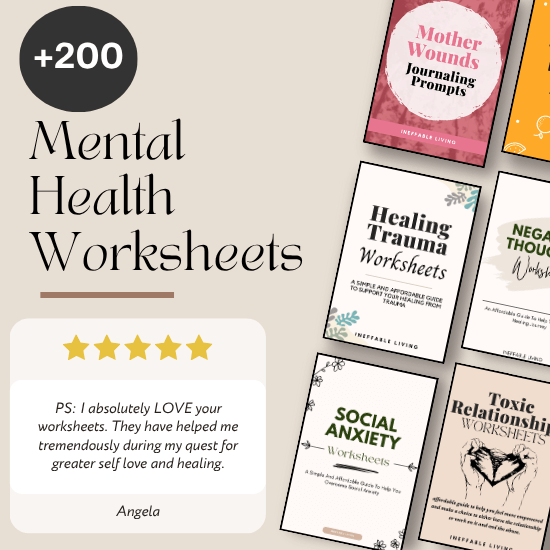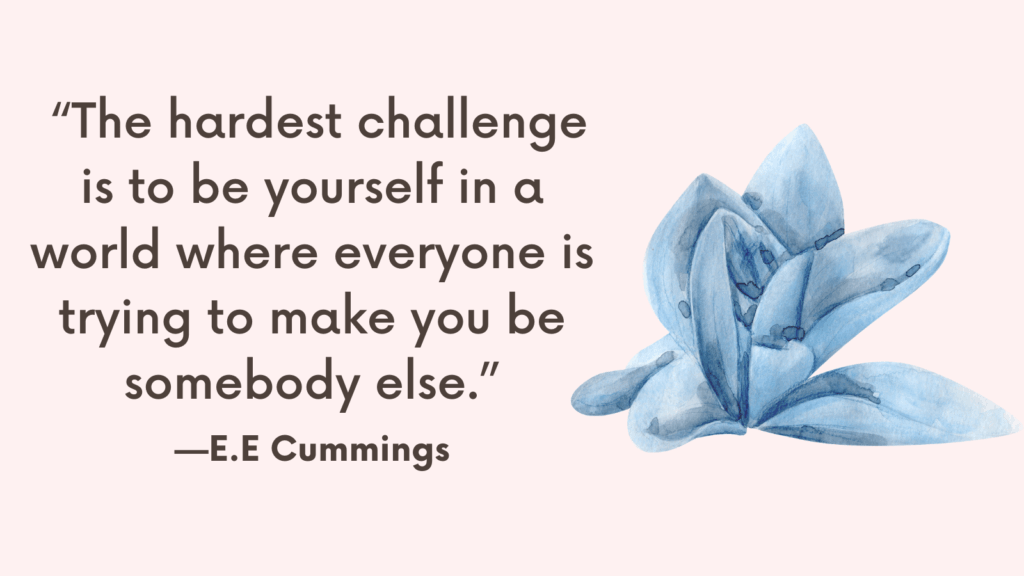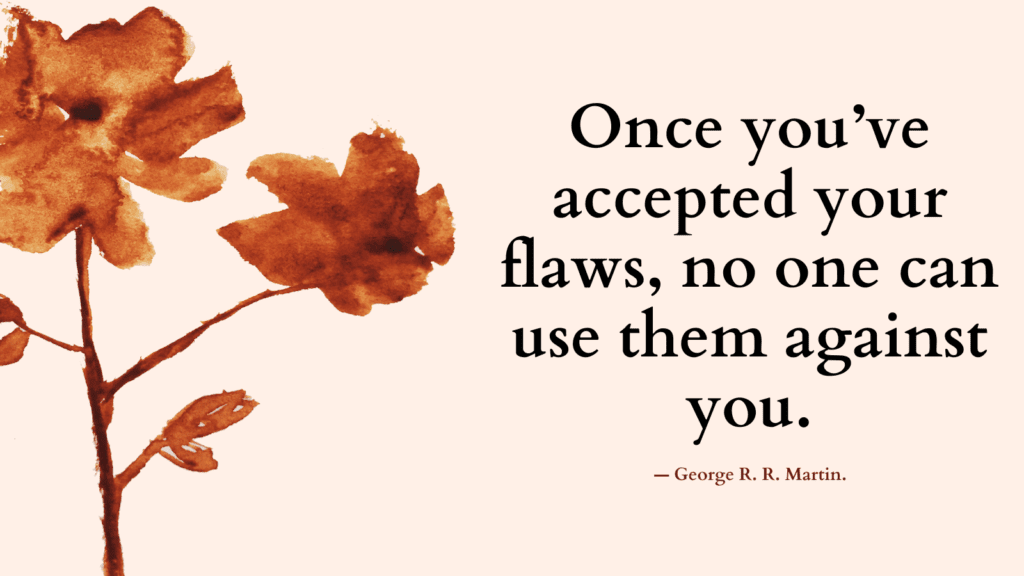Mirror anxiety and body checking are often subtle but powerful habits tied to body image distress. Whether it’s glancing at your reflection every time you pass a mirror, pinching or comparing parts of your body, or dreading what you’ll see, these patterns can increase shame, obsession, and anxiety. Learning to break the cycle begins with awareness, compassion, and new forms of self-connection.
What Is Mirror Anxiety and Body Checking?
Mirror anxiety is the intense distress or anxiety a person feels when seeing their reflection.
This can include:
- Feeling dread before looking in a mirror.
- Obsessively checking or completely avoiding mirrors.
- Overanalyzing specific body parts in reflections.
- Feeling distorted or disconnected from how you look.
Body checking is the compulsive habit of monitoring or inspecting one’s body to seek reassurance or control anxiety.
Examples include:
- Frequently weighing yourself.
- Pinching fat or checking muscle tone.
- Comparing your body to others.
- Repeatedly seeking reassurance about your appearance from others.
Related: Positive Body Image Quiz
Common Triggers That Lead to Mirror Anxiety
- Seeing unflattering photos or videos of yourself
- Trying on clothes that no longer fit the way they used to
- Comparing yourself to others on social media
- Lighting that highlights perceived flaws
- Visiting places with many mirrors like gyms or dressing rooms
- Experiencing body changes due to illness, aging, or weight fluctuation
- Prepping for events where appearance feels highly judged
- Wearing something outside your comfort zone
- Being in environments that focus on physical perfection
Related: What Is A Distorted Self Image & How To Build A Positive One?
How to Cope With Mirror Anxiety and Body Checking?
1. Recognize When and Why You Body Check
Notice your triggers—do you body check after eating, before leaving the house, or when feeling stressed? Most checking is driven by anxiety, not curiosity. Naming the urge is the first step to shifting it.
2. Label It As a Habit, Not a Truth
Say: “This is a behavior I’ve learned to cope with discomfort—not a fact about my body.” This separates the checking from your identity and helps reduce its emotional weight.
3. Reduce Frequency Gently
Set small, achievable goals like limiting mirror time to once a day or covering mirrors in certain spaces. Gradual reduction builds tolerance without increasing distress.
4. Shift Focus From Appearance to Function
Instead of asking, “How do I look?” try, “How do I feel?” or “What did my body help me do today?” This reorients your relationship with your body around gratitude and respect.
Related: Top 21 Body Image Journal Prompts (+FREE Worksheets)
5. Avoid Using the Mirror for Reassurance
Reassurance body checking only provides temporary relief and feeds the anxiety long-term. Practice sitting with the discomfort instead of trying to erase it with one more glance.
6. Ground Yourself in the Present
When the urge hits, try grounding exercises:
- 5-4-3-2-1 sensory method
- Deep breathing
- Touching a comforting object
Staying present breaks the thought spiral that often leads to body checking.
7. Wear Clothes That Support Comfort, Not Comparison
Choose outfits that feel good rather than highlight or expose parts you fixate on. Comfortable clothing reduces the temptation to check and reassures your nervous system.
8. Replace the Habit With Gentle Alternatives
When you want to check your body, redirect to something soothing: stretch, sip water, apply lotion, or write down what you’re feeling. These rituals build new ways to regulate.
9. Use Mirror Exposure With Intention
If avoiding the mirror entirely increases anxiety, try intentional exposure: look at your reflection without zooming in or criticizing. Start with 30 seconds. Observe neutrally, not judgmentally.
Related: Top 5 Body Dysmorphia Exercises (Cognitive Behavioral Therapy For BDD)
10. Challenge the Thought That Your Worth Is Visible
Remind yourself: “My reflection doesn’t define my value. I am more than what can be seen.” Repeat it often—even if you don’t believe it yet.
11. Create a Mirror-Free Morning or Evening Routine
Start or end the day without using the mirror. Focus on how your body feels, what it needs, and what helps it feel safe—rather than how it looks.
12. Talk Back to the Inner Critic
When harsh thoughts arise—“You look awful,” “You need to fix this”—respond gently: “I hear you, but you’re not helping right now.” Compassionate self-talk weakens the inner critic’s grip.
13. Limit Comparison Triggers
Unfollow accounts, avoid media, or mute conversations that feed appearance comparison. Curate an environment that supports body peace, not anxiety.
Related: Best 50 Body Neutrality Affirmations (+Body Image Resources)
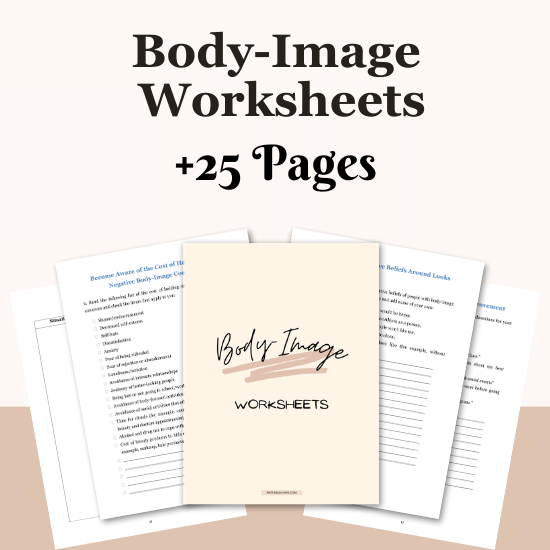
Conclusion
Mirror anxiety is not vanity—it’s vulnerability. You deserve to feel at home in your body without having to constantly monitor it. Healing doesn’t start with changing the mirror—it starts with changing the way you speak to yourself.
